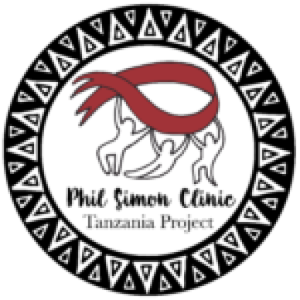Last January, when we returned to the Upone clinic, I saw very few familiar faces from the year before. Each day I hoped to see Twalibu sitting in the waiting room with his aunt. They never came. Neither did Gerald, the little 6 year old HIV+ boy whose picture we have used on the Phil Simon Clinic Tanzania Project brochure. Neither did Joseph and his daughter, both HIV+, who so graciously allowed me to interview them on video about their experiences living with HIV, the stigma of HIV, and their hope that the antiretroviral drugs would come to Africa before it was too late for them. And my women’s group, the Tumiani Group I wrote about in this journal in 2004 — Jenny and Hadija and Eliza and Tatu and the rest — the ones who told me “don’t cry, teacher” when I got emotional that they had been so inspired by my Spanish speaking women’s group in Pasadena — did not return to Upone in 2005. Last year I wondered about all these folks. What happend to them? I was afraid to ask Dr. Solomon, preferring to imagine stories about their just moving too far away to come back to the clinic, not something worse. But the truth is that I think I know what happened to most of those people we came to know in 2004. There was no treatment for HIV, and HIV kills.
Since we returned to Arusha this year, and to Upone yesterday, I have been struck by how different things are in just this short year. When we drove through the Upone gate, I saw many, many, familiar faces from last year. I came to know them during our time at Upone last year, but have memorized their faces looking at the pictures they took last year with the disposable cameras for my Through African Eyes project. In all of our visits in the past few days to Mt. Meru Hospital, Angaza testing center, Selian Lutheran Hospital, and Upone, we have heard stories about the beginnings of antiretroviral treatment programs that have FINALLY reached Arusha. With the medications, it seems that there has also been a return of hope to the people of Tanzania. Many more are being tested knowing that treatment is available. People have seen the effects of these medications — those who were bedbound are returning to work. There’s obviously a long way to go. Out of about 20,000 people infected in Arusha, only about 1000 are actually getting treatment. But what a difference from last year!
I never did find out for sure what happened to Twalibu and Gerald and Joseph and Rose (his daughter), but this afternoon, the women of the Tumaini group returned to Upone to see their “teacher.”
